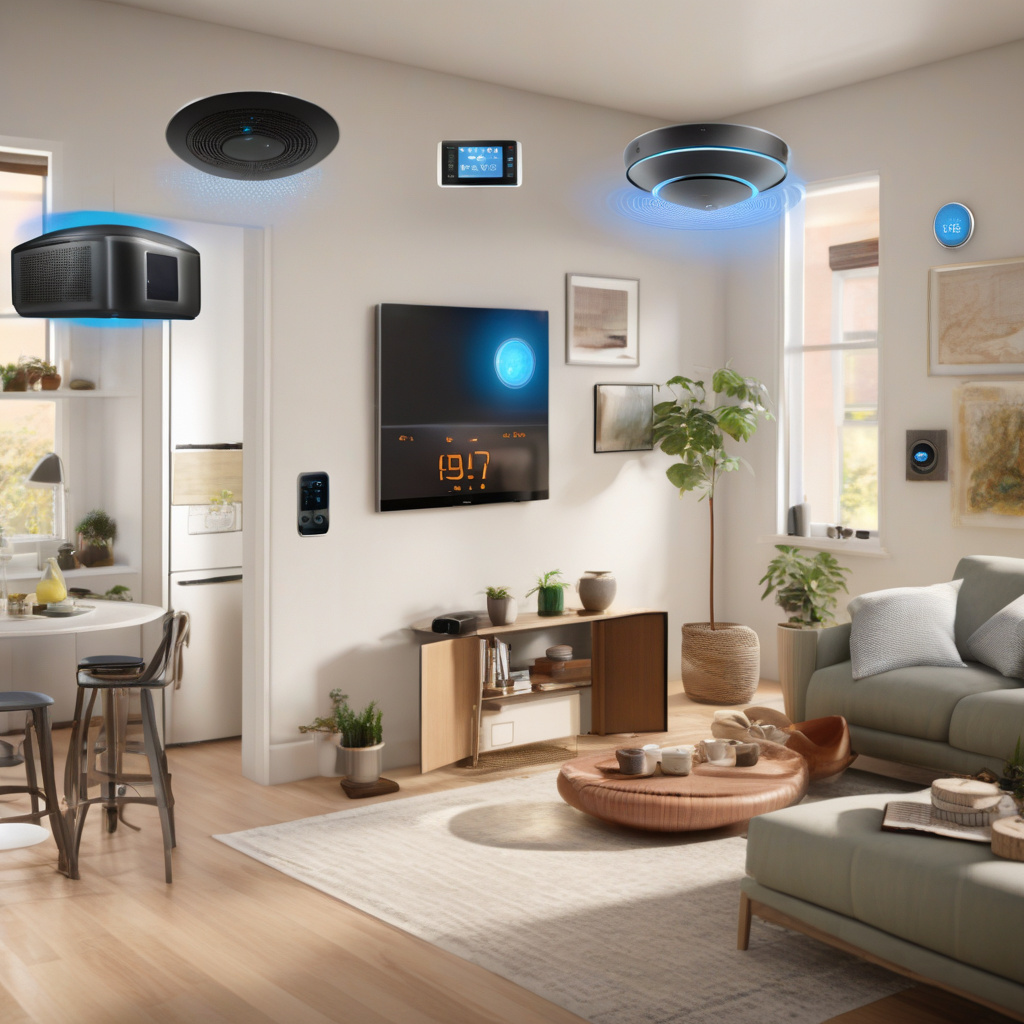Smarter IoT Systems With Edge Computing and AI
The landscape of the Internet of Things (IoT) is rapidly evolving beyond mere connectivity. Today, IoT systems are transitioning into intelligent ecosystems capable of making split-second decisions. This transformation is being propelled by the merging of edge computing and artificial intelligence (AI), allowing IoT devices to locally process data and operate autonomously. The implications of this convergence are profound, reshaping industries across the board, from healthcare and agriculture to smart cities and autonomous vehicles.
Revolutionizing Data Processing
In the realm of traditional IoT, a central cloud architecture has long been the norm for data processing and analysis. While this approach has proven effective, it falters when faced with the demands of real-time applications. The latency and bandwidth constraints associated with cloud-based processing hinder the ability of IoT systems to deliver instantaneous responses. This limitation becomes especially critical in scenarios where split-second decisions are crucial, such as autonomous vehicles navigating busy streets or industrial machinery reacting to dynamic conditions.
Empowering Edge Computing
Edge computing, on the other hand, brings the processing power closer to the data source, reducing latency and enhancing real-time capabilities. By enabling IoT devices to perform data processing tasks locally, at the edge of the network, edge computing minimizes the need to transmit data back and forth to a centralized cloud server. This not only accelerates decision-making processes but also reduces bandwidth consumption and enhances overall system efficiency.
The Role of Artificial Intelligence
When AI algorithms are integrated into edge computing devices, IoT systems gain the ability to analyze data on the spot and respond instantaneously. This means that devices can adapt to changing conditions in real time, without relying on constant connectivity to a distant cloud server. For example, in a smart agriculture setting, AI-powered edge devices can monitor soil conditions, analyze crop health, and autonomously trigger irrigation systems as needed, all without human intervention.
Real-World Applications
The combination of edge computing and AI is revolutionizing a wide range of industries. In healthcare, IoT devices equipped with AI capabilities can monitor patient vital signs in real time, alerting medical staff to any anomalies immediately. Smart cities are leveraging this technology to optimize traffic flow, reduce energy consumption, and enhance public safety. Even autonomous vehicles are benefiting, as onboard AI systems process sensor data locally to make split-second decisions while on the road.
Looking Ahead
As edge computing and AI continue to advance, the possibilities for smarter IoT systems are virtually limitless. From predictive maintenance in industrial settings to personalized shopping experiences in retail, the potential applications of this technology are reshaping the way we interact with the world around us. By harnessing the power of localized data processing and intelligent decision-making, IoT systems are poised to become even more responsive, efficient, and impactful in the years to come.
In conclusion, the convergence of edge computing and AI is ushering in a new era of smarter IoT systems, empowering devices to operate autonomously and make real-time decisions. By bringing data processing closer to the source and infusing intelligence into IoT devices, industries are experiencing unprecedented levels of efficiency and innovation. As we continue to push the boundaries of technology, the future of IoT looks brighter than ever before.

